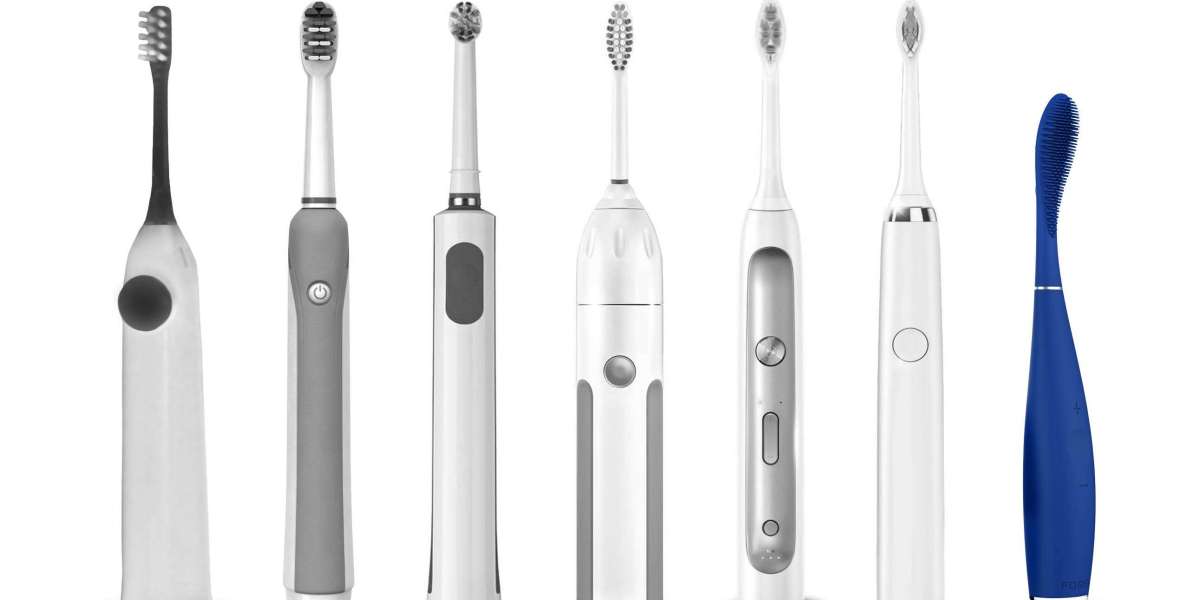The global pulse oximeter market, a vital segment in the healthcare monitoring industry, has grown significantly due to rising health consciousness, increased respiratory diseases, and technological advancements. However, despite its promising trajectory, the market faces various critical challenges that could hinder its sustained growth and innovation. Understanding these challenges is crucial for stakeholders seeking to maintain a competitive edge and ensure device reliability and affordability.
1. Regulatory and Compliance Barriers
One of the foremost challenges in the pulse oximeter market is navigating complex regulatory environments. Medical devices like pulse oximeters are subject to stringent standards and compliance protocols set by bodies such as the U.S. FDA, European Medicines Agency (EMA), and other national health agencies. These regulations demand extensive testing, documentation, and certifications, which can delay product launches and increase costs. Additionally, regulations often vary across regions, creating further complications for global manufacturers trying to standardize their offerings.
2. Accuracy Concerns and Clinical Reliability
The reliability of pulse oximeters has come under scrutiny, particularly in diverse clinical and demographic settings. Studies have revealed that some devices demonstrate inaccuracies in readings for patients with darker skin tones, which may lead to misdiagnosis or delayed treatment. Moreover, motion artifacts, poor perfusion, and ambient light interference can affect measurement accuracy. These limitations have sparked debates regarding the need for improved sensor technology and data interpretation algorithms, posing a technical challenge to manufacturers.
3. Supply Chain and Component Shortages
The COVID-19 pandemic exposed significant vulnerabilities in global supply chains, and the pulse oximeter market was no exception. The sudden surge in demand led to a shortage of critical components such as sensors, LEDs, and microcontrollers. While the immediate crisis has passed, supply chain disruptions remain a looming threat due to geopolitical tensions, trade restrictions, and reliance on single-source suppliers. These factors contribute to increased production costs and inconsistent availability, hampering market scalability.
4. Market Saturation and Price Competition
As demand for pulse oximeters surged during the pandemic, the market saw a flood of low-cost devices, especially from unregulated or minimally regulated manufacturers. This influx led to market saturation in some regions, creating intense price competition. For established players, maintaining profitability while upholding quality standards is becoming increasingly difficult. Furthermore, price-sensitive consumers often opt for cheaper alternatives, which may lack certification or provide subpar performance, further muddying the competitive landscape.
5. Consumer Awareness and Misuse
Despite the growing popularity of at-home health monitoring, many consumers remain uninformed about the proper use of pulse oximeters. Incorrect usage—such as misplacing the device, not accounting for nail polish or cold extremities—can lead to misleading results. Additionally, over-reliance on oximeters without professional consultation may result in unnecessary panic or missed diagnoses. Addressing this challenge requires concerted efforts in public education and the development of user-friendly interfaces.
6. Integration and Interoperability Issues
As digital health ecosystems expand, integrating pulse oximeters with electronic health records (EHRs), smartphones, and remote monitoring platforms has become essential. However, many devices lack interoperability due to proprietary technologies or limited connectivity features. This not only restricts seamless data exchange but also limits the utility of pulse oximeters in telemedicine and remote patient management. Overcoming these barriers necessitates the adoption of universal standards and open APIs.
7. Environmental and Disposal Concerns
The environmental impact of disposable or single-use pulse oximeters, especially those used in emergency or pandemic scenarios, poses an emerging challenge. The increased use of battery-powered, plastic-based devices contributes to electronic waste. Manufacturers are now under pressure to develop sustainable alternatives that balance functionality, affordability, and eco-friendliness.
Conclusion
While the pulse oximeter market remains a crucial component of modern healthcare, it is not without its share of challenges. Regulatory complexities, accuracy concerns, supply chain disruptions, and competitive pressures demand innovative solutions and strategic planning. Addressing these obstacles requires collaboration among manufacturers, regulators, healthcare providers, and consumers. As the industry evolves, overcoming these challenges will be key to ensuring that pulse oximeters continue to serve as reliable, accessible, and life-saving tools across the globe.








